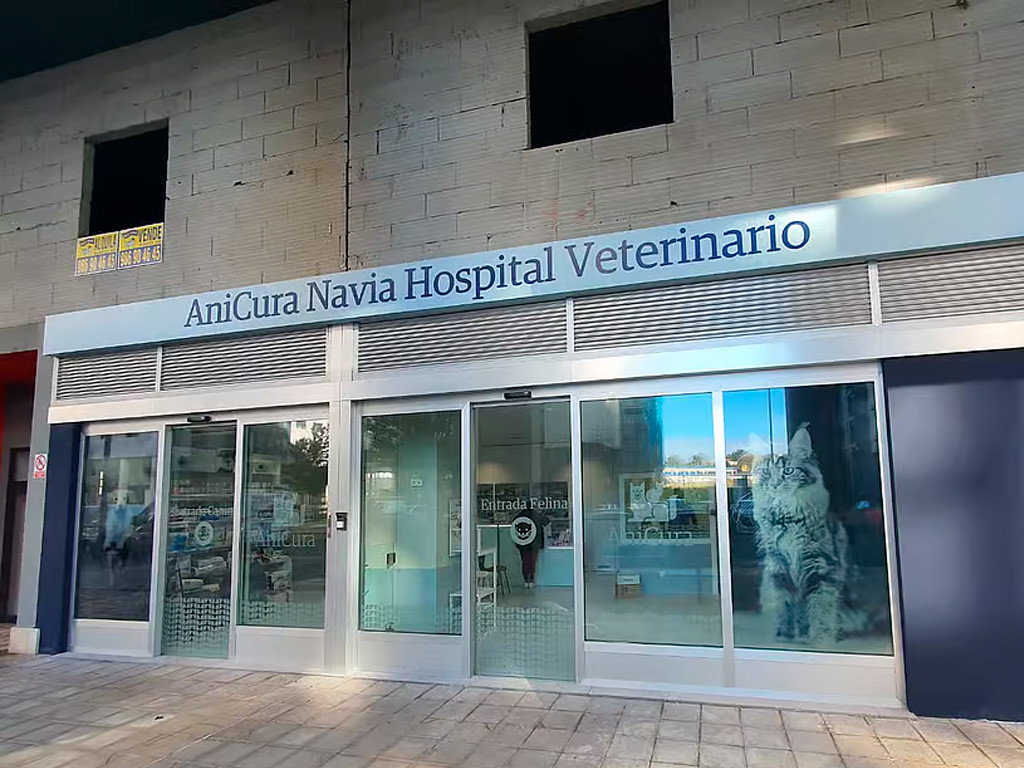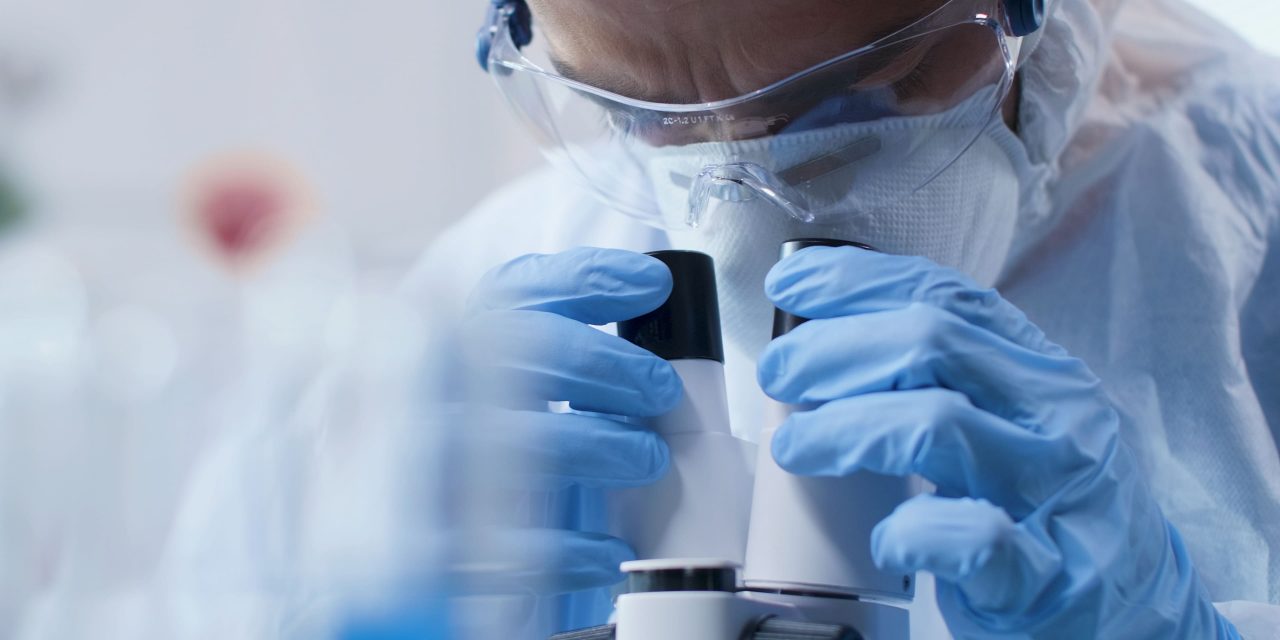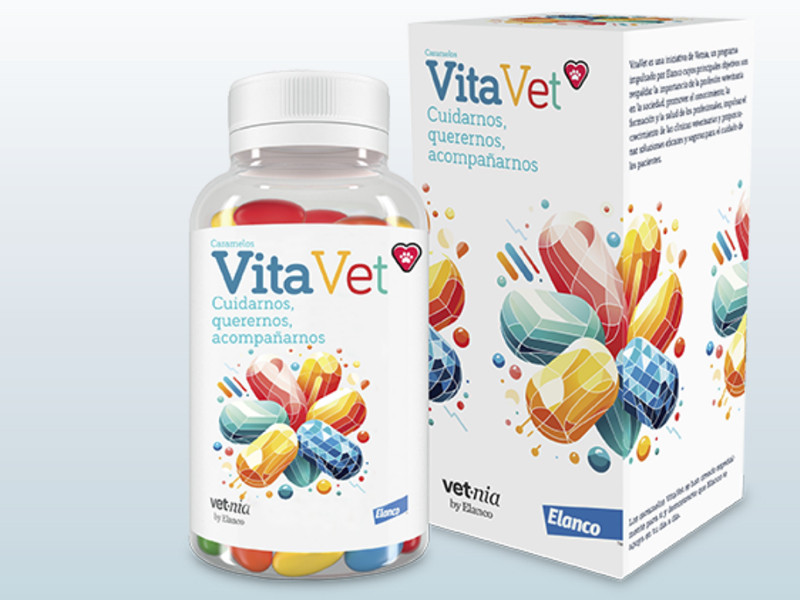With the aim of continuing to improve its services and ensuring the best veterinary care, Navia Veterinary Center is now AniCura Navia Veterinary Hospital. In order to provide 24-hour emergency services, specialist services and care to a greater number of pets, the new hospital chose a new, larger site, just 300 meters from the old veterinary centre. In addition, it now has separate reception and consultation areas: a three-room dog area and a two-room cat area.
“We believe in teamwork and specialization, which is why our hospital consists of 10 veterinarians and 5 assistants, who receive continuous training and have experience in different areas of veterinary medicine. With our new services, we are confident in our ability to help pets and their caregivers. We know that they “A member of the family and we work every day to improve their health.” Marcos Fernandez MonzonPractice Manager Anikura Navya Veterinary Hospital She is AVEPA certified in dermatology and ESAVS certified in dermatology.
Emergency cases and veterinary specialties 24 hours a day
The veterinary hospital offers a full service with extended hours, 24-hour personal emergency service And a separate recovery area for dogs and cats. It is recognized in Galicia for Specialization in dermatologyIn addition to specialties such as internal medicine, soft tissue surgery, oncology, and diagnostic imaging.
“We have a completely renovated operating room equipped with monitoring and anesthesia equipment with mechanical ventilation. In addition, we have rigid and flexible endoscopy equipment, ultrasound, direct digital radiography and a fully equipped laboratory. We have recently integrated computed tomography, which It will allow us to complete many of our diagnostics without having to travel, because it is the first advanced diagnostic imaging device in Vigo and its area of influence.”
Atopic dermatitis, one of the most common diseases
He has atopic dermatitis A very distinctive injury pattern Which, along with itching, is the most common sign, and age (which It tends to appear during the first three years of a pet’s life.) Make a clinical diagnosis. This disease It is more common in dogsit is expected that It affects between 10-15% of the dog population. Breeds such as the West Highland White Terrier, Dalmatian, French Bulldog or Labrador Retriever have a greater predisposition to suffering from this condition. Although it is usually less common in cats, they also suffer from the disease and present with itching of the neck and face, as well as autoimmune alopecia, miliary dermatitis or eosinophilic lesions.
When examining the patient, in addition to using routine techniques such as curettage, cytology and analysis of various skin or ear samples, They perform tests against environmental allergensIf caregivers want to start allergen-specific immunotherapy. “In this type of case we do not need special equipment. As is almost always the case in dermatology, the microscope is our great ally for evaluating different samples of the skin or ear,” says Marcos Fernandez.
As for the treatment of the disease, it is worth noting that it is also Multimodal therapywhich It must be adapted to each individual case. However, although there is no perfect treatment, regular hygiene using appropriate products, external deworming and a proper diet is essential.
Specifically, the recommended guidelines are to follow a “skin” diet to help reinforce the skin barrier, perform regular baths and ear cleanings to avoid secondary infections, and implement pharmacological control of pruritus. To this end, the role of caregivers is essential to achieve appropriate disease management.





